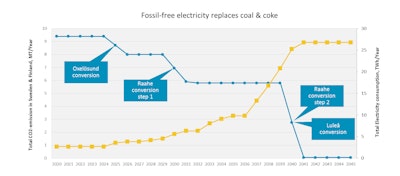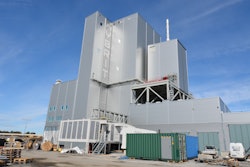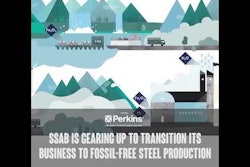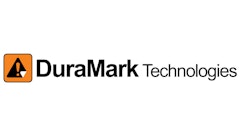
SSAB is gearing up to transition the business to fossil-free steel production, and has published a plan that involves a drastic cut in CO2 emissions even before a solution for fossil-free steel has been found. The goal is to be totally fossil-free by 2045. The transition in SSAB’s business is a consequence of the SSAB, LKAB and Vattenfall initiative to find a solution for fossil-free steel production, HYBRIT.

A study is currently under way to convert the blast furnace in Oxelösund into an electric arc furnace. This is the first step in adapting the process for the production of fossil-free steel. Conversion will take place around 2025 and would mean that SSAB can cut its carbon dioxide emissions in Sweden by around 25%.
SSAB announced that it is also planning to convert the blast furnaces in Raahe and Luleå between 2030-2040 in order to eliminate most of the remaining carbon dioxide emissions and reach the target to be fossil-free by 2045.
“The transition to fossil-free steel production has already started, and we’re now detailing what the road ahead will be like. We believe that this is the right way to go and that it will create many exciting business opportunities for us as a company. SSAB wants to be part of the solution to climate change,” says Martin Lindqvist, President and CEO of SSAB.
The transition in SSAB’s business is a consequence of SSAB’s, LKAB’s and Vattenfall’s initiative to find a solution for fossil-free steel production, HYBRIT.  Blast furnaces in Raahe and Luleå (pictured) between 2030-2040 will help SSAB further achieve its emissions-reduction goals.
Blast furnaces in Raahe and Luleå (pictured) between 2030-2040 will help SSAB further achieve its emissions-reduction goals.
At present the coal and coke used to reduce iron ore into iron are shipped to Sweden from places including Australia. This is a process that generates large volumes of carbon dioxide. The idea behind HYBRIT is to use hydrogen, which has been produced with electricity from fossil-free sources. The emissions are then normal clean water.
Sweden and Finland have a unique opportunity to drive an initiative for fossil-free steel, with good access to climate-smart and fossil-free electrical power, Europe’s highest-quality iron ore and a specialized, innovative steel industry.
To complete this project, however, significant national contributions are still required from the state, research institutions, and universities.

















![Hcm Ax Landcros Press Release[32] jpg](https://img.oemoffhighway.com/mindful/acbm/workspaces/default/uploads/2025/11/hcmaxlandcros-press-release32jpg.mAEgsolr89.jpg?ar=16%3A9&auto=format%2Ccompress&fit=crop&h=135&q=70&w=240)